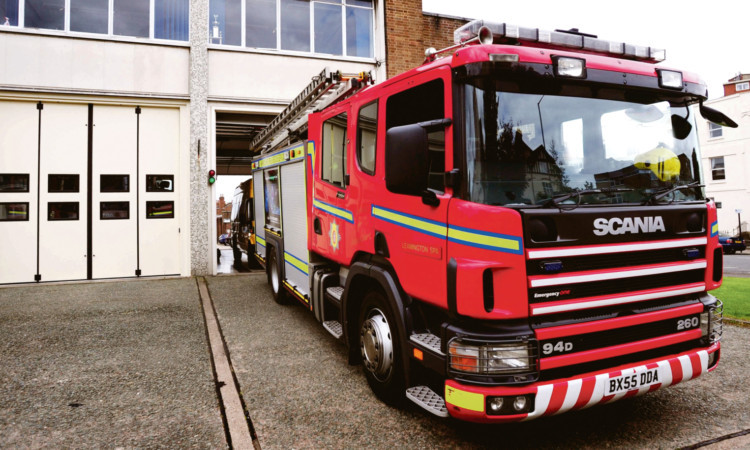
Only one in 1,900 hoaxers who put lives at risk by making fake 999 calls is prosecuted.
The Sunday Post can reveal the emergency services in five areas in the north of England received almost 31,000 bogus alerts in the last three years.
Around £4 million of taxpayers’ money was wasted by mercy crews being called to non-existent emergencies.
Yet only 16 of the hoaxers were dealt with in court.
Critics last night blasted the figures and called on the authorities to do more to track down malicious callers.
John Woodcock, MP for Barrow and Furness, said: “Bogus calls to our emergency services are completely unacceptable.
“I would support measures aimed at using modern technology to track down the perpetrators of hoax calls.
“Penalties following successful prosecutions in the courts should reflect the seriousness of the life-threatening problems they can potentially cause.”
Figures from Northumberland Fire and Rescue Service, the North East Ambulance Service, Cleveland Police, Lancashire Police and Lancashire Fire and Rescue Service show that on average 29 fake calls a day were made between 2009
and 2012. But fewer than six people a year were prosecuted.
John Taylor, of Lancashire Fire and Rescue Service, whose crews were called out 1,262 times by hoaxers, said it was often hard to catch them.
“Every call is explored to see what can be done to apprehend and prosecute the person responsible,” he added.
“Calls from homes and rental phones are traceable and so we can go to the property and investigate.
“But many hoax calls are made from pre-paid mobile phones. It can be like looking for a needle in a haystack.
“We will do what we can to find them, but we do not have the luxury of a team dedicated to finding hoax callers.”
Hoax calls have plagued the emergency services since the 999 service was established in 1935.
Text messages are sent to mobile phones used to make hoax calls, warning the owner they are at risk of being cut off.
Both the ambulance and fire services help gather evidence to pass to the police to investigate.
If caught, the penalty for abusing 999 can be a prison sentence or a £5,000 fine.
In one case a man told Lancashire Police he had been brutally assaulted by a gang and was bleeding heavily from his head. Officers raced to the scene and found him drunk, but he was never prosecuted.
There have also been calls about fake bombs, fictitious fires and bogus heart attacks. In Lancashire, one of the county’s most prolific hoaxers was eventually captured by the detective skills of a firefighter.
Colin Hickson, a watch manager for Lancashire Fire and Rescue, dedicated three months to finding out who was behind 10 fake calls in Fleetwood.
Darren Green caused fire, police and ambulance to be called out 10 times in two months. He was jailed for eight weeks in July 2012.
Mr Hickson said: “It is unbelievable that people will do this. It is very frustrating that they are abusing our good nature and our willingness to help by taking the mickey out of us.”

Enjoy the convenience of having The Sunday Post delivered as a digital ePaper straight to your smartphone, tablet or computer.
Subscribe for only £5.49 a month and enjoy all the benefits of the printed paper as a digital replica.
Subscribe